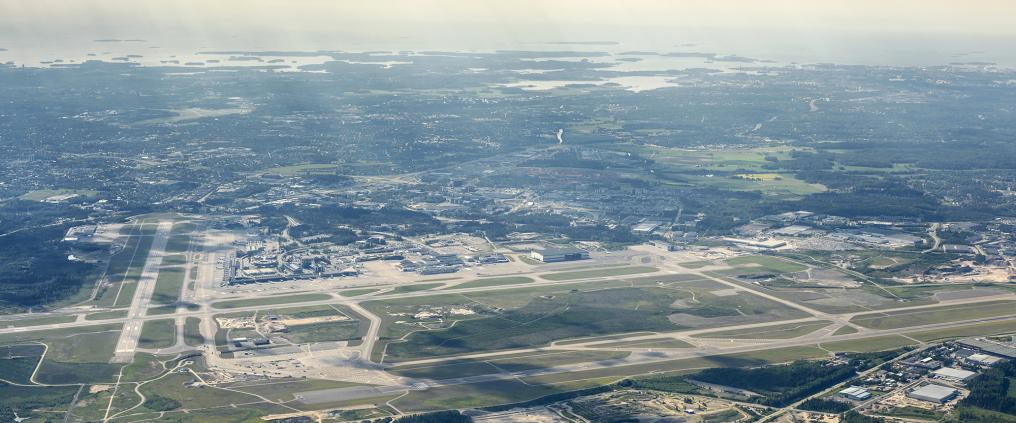Finland's new air traffic control centre providing air navigation services commenced operations on 1 January 2015. The Finnish Transport Safety Agency Trafi granted the centre permission to begin operations in December.
Centralised air traffic control services tighten cooperation between various operations, and improve the efficiency of Finnish air navigation operations. From now on, the air traffic control centre will be responsible for all Finnish regional air traffic control operations, including regulation of air traffic, coordination of airspace control, and air rescue operations.
Moreover, the centre will include Finland's flight briefing centre, which provides services to pilots for flight preparations throughout Finland. In addition to regional air traffic control services to aircraft, the new air traffic control centre will provide aerodrome control, approach control services and briefing services to approximately 250,000 flights per year.
“Competition has continued to tighten in aviation, and the sector is looking for savings throughout the service chain. The EU aims to lower airspace control costs in Europe through legislation, which has also further tightened the requirements for air navigation services, which were already efficient in Finland”, says Raine Luojus, Director of Air Navigation Services for Finavia.
“Under the same roof, air traffic control will be able to provide services that are of ever higher quality, in a more consistent and efficient manner. At the same time, air traffic control operations during incidents and emergencies will improve. The reform gives air traffic control safe backup facilities that can be deployed rapidly, when necessary. We are pleased that the lengthy renewal project is now finalized. The reform is a milestone in developing Finnish air navigation services”, Luojus continues.
A two-year transition project preceded the start of the air traffic control centre's operations, involving preparations for providing regional air traffic control operations from the new air traffic control centre in Vantaa, in addition to Aitovuori in Tampere. In the first stage, 16 regional air traffic controllers relocated from Tampere to Vantaa. The new air traffic control centre has 180 employees.
The regional air traffic control centre in Tampere will continue to provide some regional air traffic control services, and in 2018 there will be an evaluation of whether continuing providing regional air traffic control services at two locations is justified.
Finavia's air navigation services have been reorganised in order to improve Finland's opportunities to succeed in international competition for air traffic, and for the cost level not becoming an obstacle to the development of transit traffic. For structural reasons, airspace control is extremely expensive in all of Europe.
“We estimate that by combining air traffic control services in one location, we will accrue annual savings of EUR 1.5–2 million. Finavia has to continue to improve the efficiency of air navigation operations as air navigation operations are unprofitable due to Finland's low traffic volumes, the EU's challenging performance targets are changing, the air traffic sector is developing poorly, and flight ticket prices are declining”, Luojus adds.
SES (Single European Sky) legislation also requires improvements in the efficiency of air navigation services in all European countries. In addition to improving efficiency and accruing cost savings, the goal of SES legislation is safe air traffic with minimal delays, and with better consideration of environmental factors.
Finland already carried out some airspace reforms last year alongside improving cooperation with Estonian Air Navigation Services. This year, Free Route Airspace will be introduced in the North European Functional Airspace Block (NEFAB), which includes Finland. It enables flight planning and implementation in Northern Europe utilizing the shortest or optimal flight path, thus saving fuel and flight time.



